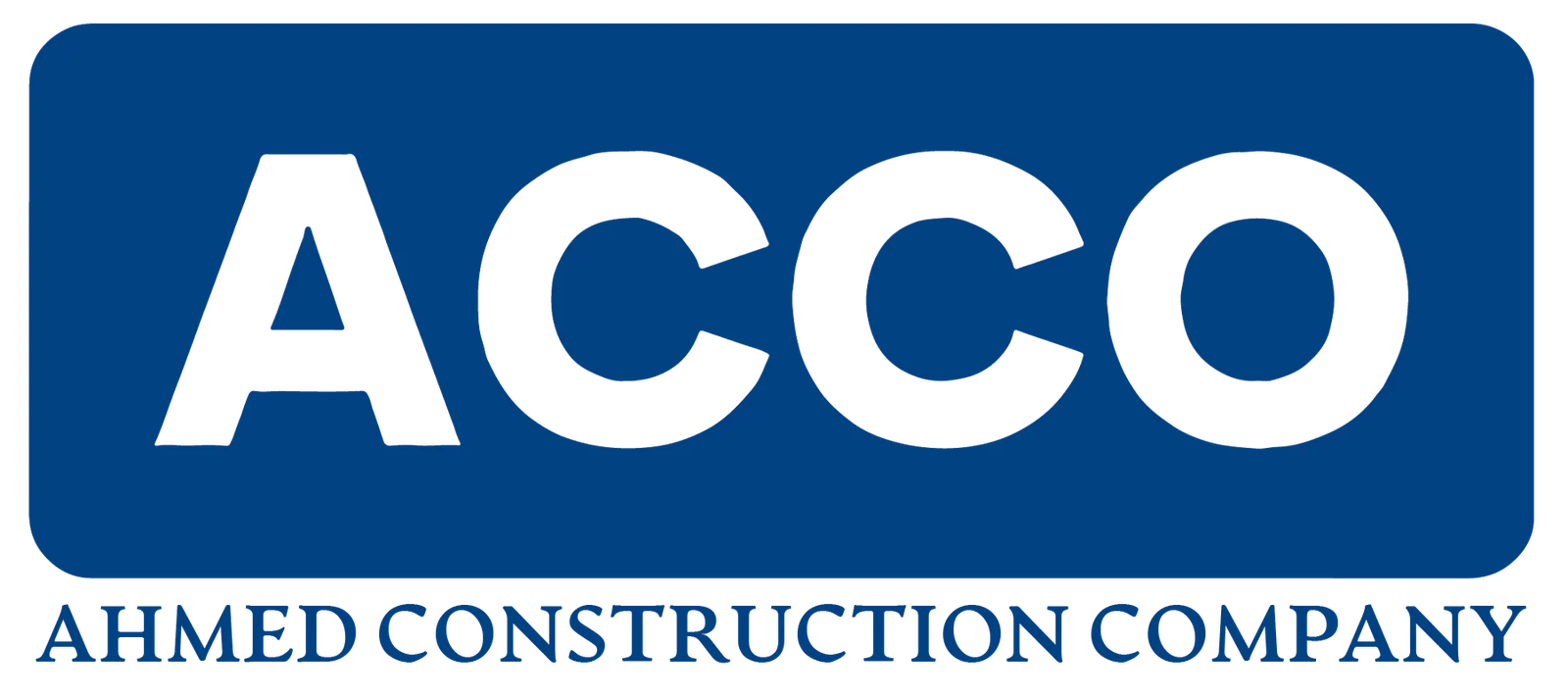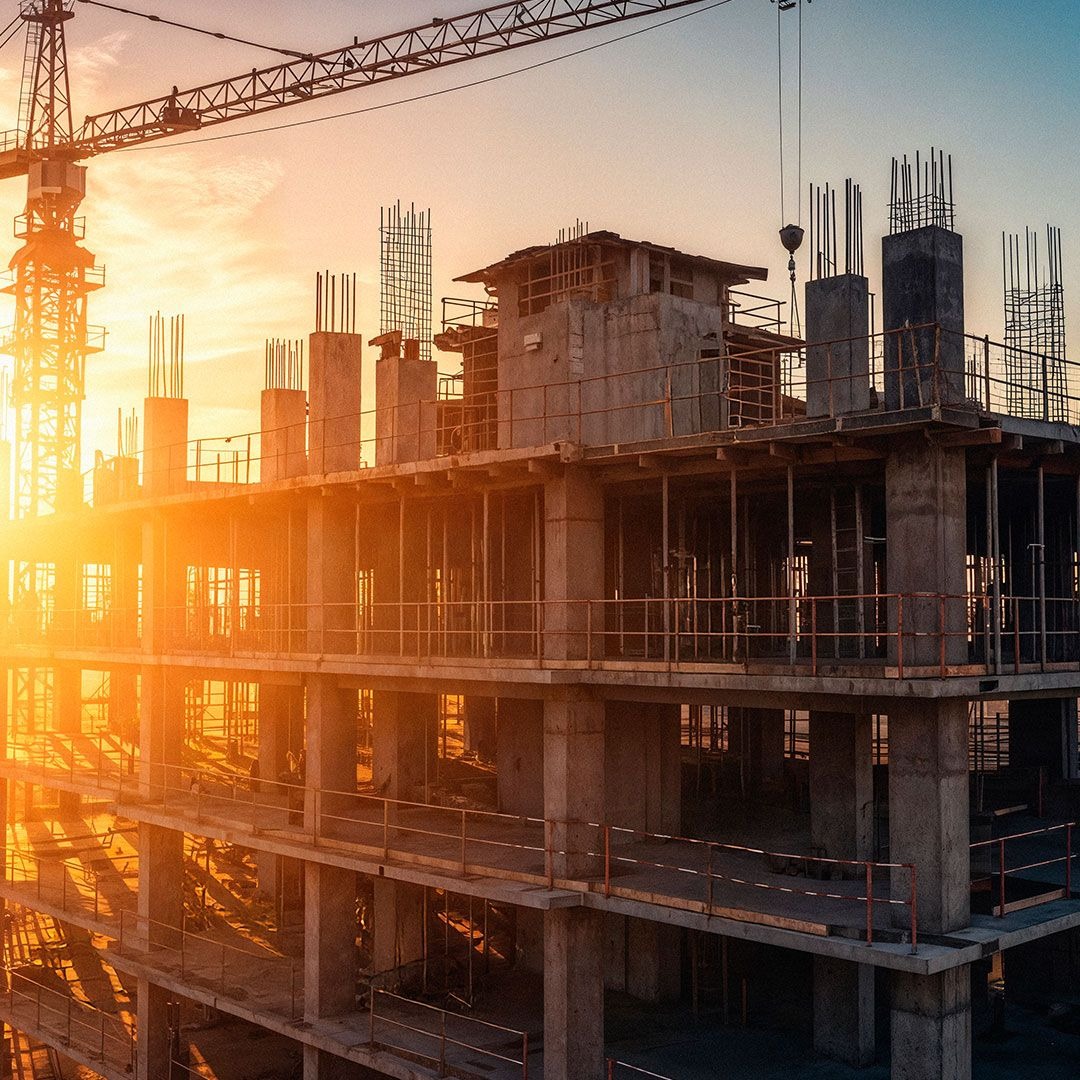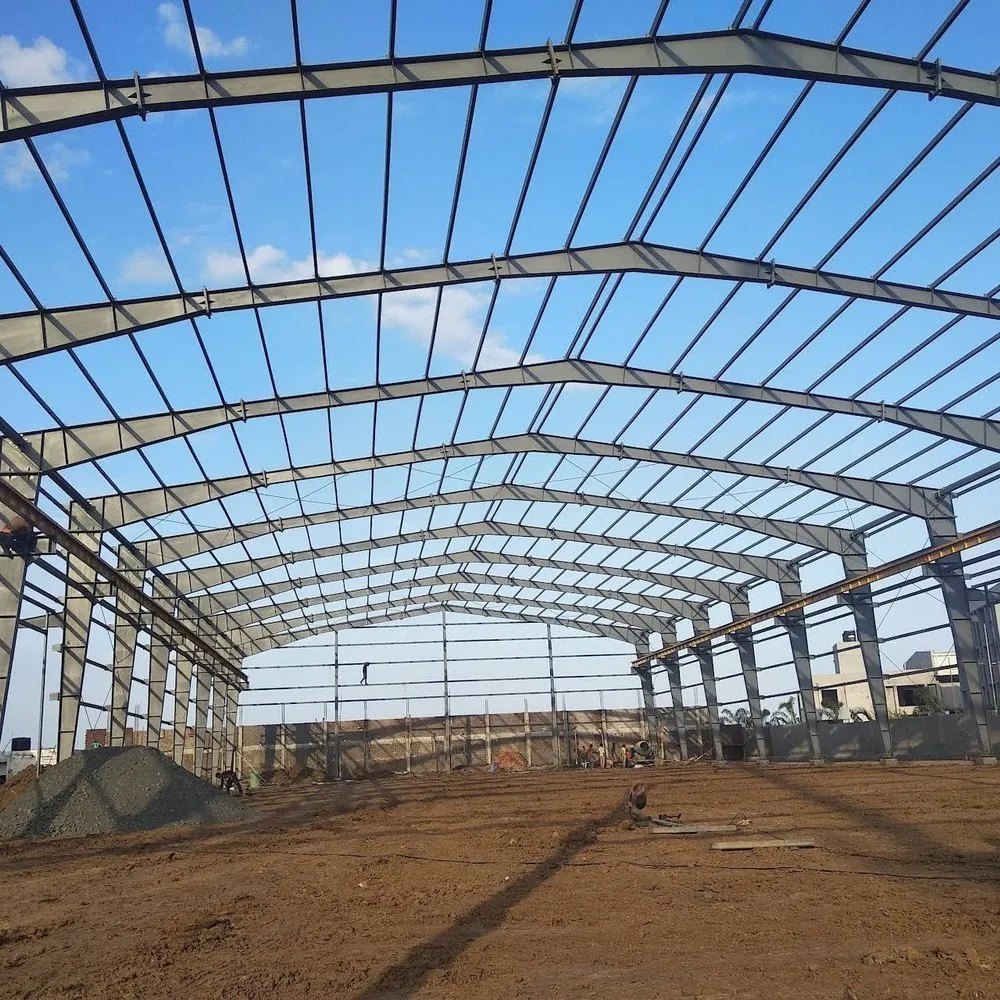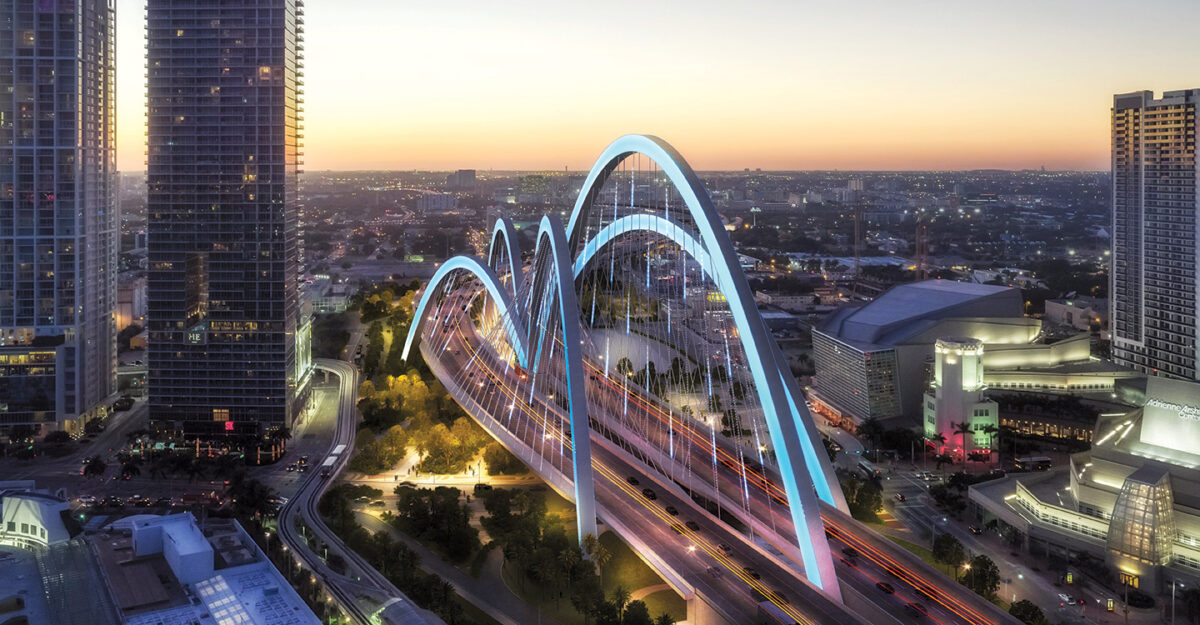
2025 Top 500 Design Firms: Design Market Shifts Overnight
✕
The Trump administration’s plan to take its “America First” agenda global had a rocky start as the president’s sweeping tariff announcements tanked stock markets worldwide. Although the full scope of tariffs has since been paused, ripples of economic uncertainty have roiled the design market, say Top 500 firms. As some owners brace for a change of tide, designers say they’re rising to the occasion with more flexibility.
Top 500 Design Firms had another consecutive year of total revenue gains with a 7.3% increase to $147.8 billion from 2023-24. In comments to ENR, firm execs shared how professional successes have helped them streamline operations, boost backlogs and advance their abilities to win more complex projects.
For Ayres, President and CEO Bruce Ommen says the firm has learned to be less risk averse than in previous years, with the understanding that “we will win some, and we will lose some,” he says. The firm is ranked No. 317 on this year’s Top 500.
“We focused more attention externally toward creating new partnerships, adding new or niche service lines, and acquiring technology,” Ommen adds. “With that focus came opportunity for our staff to grow in their careers through more complex and challenging projects, or through market pursuits.”
CESO Inc., No. 212, says it has grown its head count by 25%, “adding 81 people across 15 offices,” which has allowed the Ohio-based firm to expand its geographic reach to Minnesota, Florida and Arizona.
“People will continue to shape our future because we start with strategic hiring with an emphasis on values and culture,” says Steven Olson, CESO president, adding that “empathetic people” are still key to bringing design and technology implementations “to life.”
Yet in navigating cost volatility and increased risk, AO Managing Partner RC Alley says the firm’s biggest success has been in its openness to change.
The last several years have shown the firm “the importance of being adaptable, nimble and flexible—not just in how we design, but in how we work together,” says Alley.
Alley says such a shift has opened doors for the California-based firm to explore new markets and services—“and it’s made us a more integrated, agile organization,” he adds. AO is ranked No. 236 this year.
Tariff ‘Golden Era’
Uncertainty around shifts in federal policies adds to the economic pressure, Top 500 firms report. Amid ongoing inflation impacting workforce costs, materials and equipment pricing, firms say the design market must also shift to keep projects moving forward.
On the heels of President Donald Trump’s “Liberation Day” tariff announcement April 2, Top 500 firms say owner confidence seemed to shift overnight.
“Given the evolving nature of these policies, it’s difficult to anticipate all the impacts fully,” says Tim Rock, Co-president and COO, Gannett Fleming TranSystems, No. 18 this year. Rock says the company is focused on remaining “agile and positioned to respond” to changing market conditions.
He adds, “Our ability to adapt to evolving conditions will be key to navigating any impacts and seizing potential opportunities in the future.”
Despite Trump backing off on implementing tariffs on U.S. imports, up to 40% on some countries—which his administration characterized as key to America’s “Golden Era”—economists have heightened recession warnings. Yet many Top 500 firms have opted for a wait-and-see approach.
“We recognize that these new policies will involve market adjustments, including potential cost increases resulting from new tariffs on imported materials and equipment,” says Amy Squitieri, COO/President and CEO-elect at No.-82 ranked Mead and Hunt Inc. She says the firm’s primary concern is potential delays in procurement processes.
“This is especially important where we are delivering complex, timeline-constrained projects through engineer-led design-build,” she adds.
For other firms, cost increases related to tariffs are not a matter of if but when.
“We expect ‘America First’ may likely increase costs for materials that aren’t readily available from domestic suppliers,” Lochmueller Group Inc. President and CEO Doug Shatto says. “This, in turn, will have a negative impact on our pipeline as project costs will escalate, causing owners to scale back, delay or cancel some projects altogether.”
Shatto adds, “We’ve already seen that happen to some extent as contractor bid costs have escalated in the last three to four years due to high demands and a shortage of workers.”
Behind the Numbers
Domestic revenue for Top 500 Design Firms increased 7.9% to $126.1 billion. International revenue rose 3.3% to $21.7 billion.
Of the 473 firms who filed both this year and last, 83.9% reported an increase in revenue. The Top 10 firms accounted for 32.8% of total design revenue, slightly down from a 34.8% reading on last year’s survey. Median firm revenue rose to $97 million in 2024, up 9.4% from 2023. Median revenue for firms self-identifying as architects only showed stronger growth, up 16.6% to $68.1 million.
Among Top 500 firm data, revenue in the telecommunications sector marked the biggest riser, up 42.4%. The inclusion of Amentum on this year’s list accounted for a large portion of that increase. However, the market would still have had a 16.9% increase without the firm’s revenue. The water supply sector also continued a growth spurt, up 16.5% this year. The sector has risen 72% over the past half-decade.
Still, uncertainty looms, says Perkins Eastman’s Shawn Basler, Co-CEO and executive director. “And while uncertainty is nothing new, the increase in project stops and starts and rising interest rates, coupled with the unpredictable changes within the government, is impacting our clients and project funding,” he says.
From 2023-24, the oil and gas market tumbled, down 21.2%. The hazardous waste market also fell 16.2% in 2024, though much of that is attributable to Jacobs’ spin-off of its Critical Mission Solutions business. Jacobs accounted for more than $2 billion of the hazardous waste market in 2023. The manufacturing market also took a 4.1% step back in the last year after explosive growth between 2022-23.
Terracon, ranked No. 19, says strategic investments and acquisitions in environmental and cultural resources consulting have also boosted business. The Kansas-based firm snapped up Metcalf Archaeological Consultants, SAGE Environmental and SAGE EnviroTech Drilling Services last year, among other acquisitions.
“We made significant investments in our client portal, Compass, which gives clients visual, real-time data on demand for all of their projects,” President, CEO and Chair M. Gayle Packer says. “We also invested in our drilling fleet with expanded exploration capabilities, and are leveraging our historic data in increasing ways to serve clients more comprehensively.”
Ardurra, ranked No. 75, has improved its position on the Top 500 and its company size with several acquisition deals over the years, adding 225 employees to its head count last year with its purchase of W.K. Dickson & Co. Inc., a multidisciplinary infrastructure consulting firm based in Charlotte, N.C.
Despite challenges such as inflation and market volatility, “our overall workload continues to grow firm-wide, and recruiting qualified talent remains a top priority,” says President and CEO Ernesto Aguilar.
Finding Talent
For firms such as No. 321 Modjeski and Masters, CEO Michael Britt says the challenge has been in fighting to maintain its independence as a firm.
“Two major challenges impacting our firm are talent shortages and persistent merger and acquisition requests,” says Britt. “Our nation’s aging infrastructure creates a near constant flow of work, yet there is still a great need to invest in training upcoming professionals to meet the demands of the AEC workforce.”
Britt says independent firms are facing increased pressure to sell amid a wave of private equity acquisitions. “There is rising need to strategize and adapt to stay ahead, especially as funding uncertainty adds complexity to project planning,” he says.
Top 500 Design Firms overwhelmingly named finding and retaining talent as a top priority. For many firms, that includes building relationships with skilled labor pools to ensure projects can be sufficiently staffed to move forward.
“Given the skilled manpower resource crunch, finding qualified and skilled staff is the most significant challenge for us right now. This resource issue leads to insufficient project staffing, delays, higher costs, etc., in our industry and a negative impact on firmwide profitability,” says AI Engineers Inc. President and CEO Abul Islam. The firm is ranked No. 299 this year.
Overall, WSB COO Jon Chiglo says the design market is seeing the continued effects of schools deprioritizing careers STEM careers.
“While technology is helping to bridge the gap, without key subject matter experts driving progress, projects cannot be evaluated or designed, and without field workers, projects cannot be built,” Chiglo says. “We need more planners, earth scientists, engineers and field staff.” He adds, “Technology will be a tool to assist our staff, not replace them.”
American Engineering Testing Inc. CEO Daniel J. Larson says the talent pool for engineers, scientists, lab technicians and field technicians has “never been large” for the No. 330 ranked firm, “but we’ve seen the pool shrink over the past 10-15 years.”
Wilson Engineers President and CEO Uday Gandhe believes the challenge is “directly related to AEC industry as it is nationwide.” He says, “We as an industry need to do a better job of attracting younger generations into taking up engineering as their field of choice.”
As priorities, technology and resources shift, NORR President and CEO Brian Gerstmar describes an industry suffering from a feeling of everything, everywhere, all at once.
“We see a three-punch combination impacting the AEC industry: the uncertainty of the economy, adopting AI-technology that is not fully mature, and competing for tech-savvy talent,” says Gerstmar. “Changes are happening at an accelerated pace and causing disruption. We can anticipate where it is all going but companies must be prepared to make the next move to respond to the market.”
Arts & Culture | By Jonathan Keller

Rendering courtesy of Perkins Eastman
Pfeiffer, a studio of Perkins Eastman (No. 112), provided design and master planning services for the Wuxi Cultural Arts Center in Wuxi, China. The 100,000-sq-m complex will include a 1,500-seat symphony hall enclosed by a 30-m above-grade ellipsoid glass shell, as well as a 500-seat multipurpose hall, a 200-seat performance hall, an art gallery and a rehearsal hall. The firm reported in March that the major structural features of the project are complete, with the complex on track to finish by mid-December.
Designing Solutions
HNTB’s senior vice president, John Barton, says ongoing market challenges are also an opportunity for firms to lean into innovation.
“The AEC industry is navigating a period of significant change, driven by evolving priorities related to the funding and delivery of infrastructure along with rapidly moving advancements in technology and innovation that bring a tremendous amount of potential,” Barton says. The firm is ranked No. 11 this year.

“Our nation’s aging infrastructure creates a near constant flow of work, yet there is still a need to invest in training upcoming professionals.”
Michael Britt, CEO, Modjeski and Masters
Amid market volatility and uncertainty, Top 500 firms say close relationships and collaboration with project partners are important now more than ever to keep projects on track.
“In response to price and availability uncertainty, Revamp has leaned into adaptable design strategies,” says President Tyler Nelson, including a focus on flexible electrical and mechanical designs that allow for multiple procurement pathways. Nelson explains that the firm achieves this by “using standardized specifications that can accommodate different manufacturers, and incorporating design elements, such as environmental buffers, to account for shifting regulatory conditions.”
Increased communication can decrease risks, says Nelson. “Regular status updates and re-sequencing conversations with clients have helped manage expectations and timelines in these times of uncertainty,” he says. “This kind of transparency is becoming essential across the AEC industry, where unexpected delays or cost increases can quickly snowball without coordinated planning.”
SYSTRA CEO Joe Bonsignore says a “prime example” of proactive planning is the early identification of long-lead items during the initial design phase.
“This practice, which we are implementing on our New York MTA projects involving ADA-compliant elevator replacements, allows for timely procurement, minimizing potential delays and cost overruns,” says Bonsignore. “The current high demand for new elevators, coupled with a limited number of manufacturers, underscores the critical need for this provision.”

“We as an industry need to do a better job of attracting younger generations into taking up engineering as their field of choice.”
Uday Gandhe, President, CEO, Wilson Engineers
Bonsignore says the firm is utilizing digital modeling and BIM to “enable precise material estimation and real-time coordination,” which helps minimize waste and delays. The firm is also “embracing modularization and prefabrication to streamline on-site construction and secure materials early.”
At Garver, Director of Water Services and Senior Vice President Jeff Sober says the firm is seeing increased demand for alternative delivery models.
“We are using this opportunity to strengthen core contractor relationships and enter into more progressive design-build opportunities,” says Sober. “Partnering together with contractors can allow some flexibility in the timing of making design decisions during the course of a project—which can help mitigate some of the uncertainty on materials.”
He adds, “Regardless, there is a lot of uncertainty in the market due to tariffs, and we will have to be patient to see how the market corrects itself.” The Arkansas-based firm is ranked No. 88.
Wildfire Mitigation | By Jonathan Keller

Photo Courtesy of Ayres
In 2020, the Cameron Peak fire burned over 200,000 acres of the Colorado Rocky Mountains. Erosion of the resultant fire scar threatened to increase risk of flash floods and reduce water quality for communities dependent on the Cache la Poudre River and Big Thompson watersheds. Ayres (No. 317) was hired to design, permit and oversee installation of mitigation features to restore natural processes in the area.
With the biggest need located in remote parts of those watersheds, Ayres chose a low-tech, process-based restoration approach that focuses on reintroducing missing ingredients to allow streams to better connect with their historic floodplain—kickstarting the self-healing process but letting the streams do the hard work.
Key to the approach is slowing the flow of water through the system. “After a fire, the riverscape is overloaded with excess water, energy and sediment because the burn has simplified the overland flow paths and destroyed the soil structure,” says Colin Barry, a geomorphologist at the firm. Slowing the flow reduces a stream’s power, giving water more time on the landscape to perform biological work, he explains. The team will add features like log jams, beaver dam analogs and post-assisted log structures to facilitate the process.
The approach has the advantage of lower costs, better scalability and quicker turnarounds compared with more form-based restoration, Ayres says. It estimates that a team of four can build eight structures per day.
The “low-tech” tenet of the approach particularly helps in wilderness areas. “Heavy machinery is typically not an option in remote or ecologically sensitive locations,” says Chelsey Heiden, a company civil engineer. “Our designs recommend using on-site and natural materials to construct features by hand.”
Wildfires are themselves a natural process, but their severity and scope have increased over the past few decades, she says. “Fire suppression over the last century has led to a buildup of fuels [like grasses] that are now leading to less frequent but much more severe and higher-acreage wildfires.” That increases the need for both pre-fire forest restoration and post-fire mitigation, Heiden adds.
Barry points out that a low-tech, process-based restoration approach is not appropriate in all places, particularly near infrastructure but adds that the firm is integrating it whenever appropriate. “Process-based restoration shifts one’s mindset around streams from a problem that needs to be fixed once to an asset that must be managed over time,” he says.
Shifting Policies
In a flurry of executive orders, the Trump administration has rolled back federal policies, going back several presidential administrations, in environmental sustainability, diversity, equity and inclusion (DEI) and workforce immigration under its “America First” agenda.
Politics aside, Top 500 firms say such drastic policy changes will have real-world consequences for the AEC industry’s growth and ability to maintain flexibility.
“We’ve always hired and promoted on merit and have never had quotas or even targets for diversity,” says Vince DiPofi, CEO, SSOE Group. “That said, we’ve done significant work around making the culture more inclusive, and that has had a measurable impact on diversity and employee engagement. Our employee engagement scores are in the top 10% in the country (for any industry) and that is due to intentional efforts around culture.”

“In response to price
and availability uncertainty, Revamp has leaned into adaptable design strategies. ”
Tyler Nelson, President, Revamp
DiPofi says the company plans on “re-branding DEI to more closely represent our program.”
Toole Design President Jennifer Toole says the firm has always attracted a diverse workforce, but increased immigration restrictions could also stifle its ability to expand its talent pool and operations internationally.
“We’re increasingly concerned that securing sponsorships for these talented individuals may become more difficult under the new administration’s policies,” Toole says. “This poses a serious challenge, especially as the AEC industry continues to face a significant shortage of engineers. To meet demand, we must continue to tap into the global talent pool.”
Toole says the firm has increased its sponsorship budget as a result and expanded support for immigrant staff. She adds, “At the same time, we’re investing in the future by engaging more with high school and college students here in the U.S. to spark interest in engineering and design careers.”
UES CEO Dave Witsken says the firm supports efforts to “uphold the law and maintain a safe and legal workforce, including the administration’s focus on removing individuals who are in the country illegally and have committed crimes.” He adds, “This aligns with our own internal policies as we do not hire undocumented workers, so these changes have not had a direct impact on our operations.”
Witsken says the firm has invested in its UES University as part of its “long-term, sustainable solutions.” The internal program supports tuition reimbursement, paid certifications, and building defined career paths for its team members.
He adds, “We see recruitment not just as a challenge, but as a real opportunity to reinforce our culture, invest in our people, and offer benefits that attract top talent.”
Ultimately, amid a crackdown on immigration, “labor and immigration policy shifts may reduce the availability of skilled workers, which continues to be a concern for our sector,” says Jim Stamatis, CEO of No. 219-ranked True Environmental. And as the AEC industry rises to meet critical societal needs such as infrastructure development, climate adaptation, environmental stewardship and more resilient water and energy systems, “the competition for skilled professionals will only intensify,” says Stamatis.
Higher Education/Labs | By Jonathan Keller

Rendering courtesy of Hok
HOK (No. 42) provided architectural design services on the Dr. Allen and Charlotte Ginsburg Center for Quantum Precision Measurement at Caltech in Pasadena, Calif. The 70,000-sq-ft facility will feature a transparent facade inflected inward on its south and west sides to suggest a prism or the bending of spacetime, the firm says. The building’s laboratories will be situated 28 ft below grade with a 3-ft contiguous slab underneath to control vibrations. The design includes additional measures to control temperature within 0.1 degrees, minimize electromagnetic interference and maintain precise humidity levels. The building is scheduled to open in 2026.
Leaning Into Values
Despite pressures for firms to shift priorities to be in compliance with federal policies, many Top 500 firms say their focus is on the needs of the communities that they serve.
For Ayres, Ommen says its a constant balancing act. “Finding the right balance among culture, employee wellness and profitability is daunting,” he says. “We are proud of our culture, and it’s the top reason our employees remain at Ayres. Our challenge is looking back at our success as an employee-centered firm while being open to amending past practices and adapting the core elements of our success to today’s expectations.”
Like all firms, Salas O’Brien CEO Darin Anderson says the company is “not immune” to market uncertainty but the firm is “staying focused on being a steady, strategic partner during uncertain times.”
He adds, “We’re fortunate at Salas O’Brien to have a strong backlog, institutional clients and a lot of renovation, expansion projects that have a strong ROI, as well as a diverse client portfolio, which help us navigate these headwinds.”
Although there may be policy shifts around climate resiliency and sustainability, Pennoni Senior Vice President and Director of Strategic Growth Joseph Viscuso says the firm’s clients are still looking to “both reduce energy costs and harden facilities against increased storm frequency and strength.” He adds, “Our internal discussions have concluded that we will continue to see this demand from our client base.”
Westwood Professional Services CEO Bryan P. Powell says the firm’s business will also continue to focus on the renewable energy sector, “where we continue to partner with our clients to navigate both unprecedented power demand and growing market complexities.”
For No. 117 ranked Barr Engineering Co., climate resiliency and sustainability are long-term priorities. “We tailor our services to meet each client’s needs, and we focus on win-win solutions that meet current goals and support a more sustainable future,” says President and CEO Ward Swanson.
TPG Architecture Managing Director Michael Hayes says the design industry has the “ability and the responsibility” to shape the future of the built environment. The firm is ranked No. 362.
“Climate change is no longer a distant threat; it is happening now. Policy changes around climate resiliency and sustainability are accelerating in response,” Hayes says. “Stricter building codes, revised zoning regulations and flood remapping are being implemented nationwide.”
He adds, “These shifts directly impact our firm’s ESG goals, pushing us to design spaces that are more carbon-conscious and energy-efficient.”
Post a Comment
You must be logged in to post a comment.
